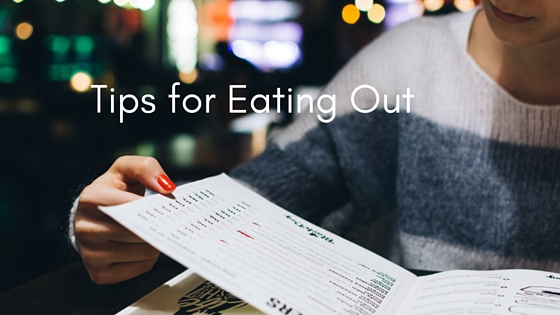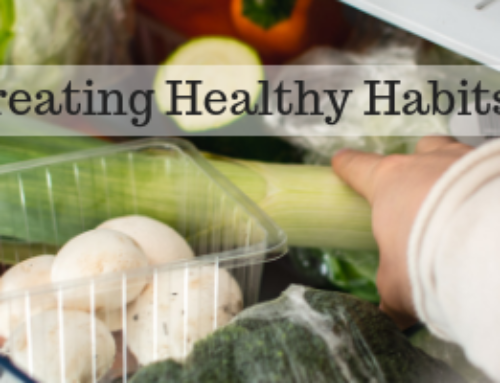Eating out is is much more prevalent in our daily lives today than it was twenty years ago. With fast-paced lifestyles, and overbooked calendars, it is only natural to turn to restaurant eating more. After all, we can make that meeting into a business lunch or a social get-together. And let’s face it, dining options have improved and the variety is amazing! To keep on a healthy track though, it is important to treat eating out like any other meal you might eat. Here are some tips to help you stick to your health goals, while eating out.
- Don’t go to dinner with the enemy – when the waiter brings the breadbasket, send it away. If you have a dinner partner who insists on keeping the breadbasket, put it on their side of the table.
- Ask questions – ignorance isn’t an excuse for making poor choices! Look at what the options are for vegetables and the preparation choices for different dishes and mix and match to get what you want.
- Don’t Combine High Fat and Refined Carbs! This stimulates a larger insulin release, which allows for easy fat storage of this sugar – fat combination. Prime examples include – lasagna, ice cream, cakes, french fries, or white bread with olive oil.
- Gluten-free options can be beneficial, especially if you are sensitive. More and more restaurants are now designating menu items that are gluten-free. Just be aware, sometimes refined, non-gluten grains like white rice may be the base of the dish, which can really increase the carbohydrate load of the meal. Remember, protein and veggies are naturally gluten free. Just ask the waiter to verify for you, if needed.
- To take the curb off of your appetite, order a small green leafy salad with olive oil vinaigrette to start your meal. This will also keep you from the bread basket.
- Whenever possible – choose fish, which is about 35 – 40 calories per ounce. Calories can add up when eating out, so seeking lower calorie proteins means you won’t break the bank. Look for grilled or poached options, avoiding fried fish. Remember wild salmon or black cod are great choices due to their healthy omega-3 fats, but all fish is good and tasty.
- Get sauces and dressings on the side so you can control the amount.
- Skip the starchy carbs, which are usually refined in restaurant settings (i.e., mashed potatoes, white rice, pasta). Order “double veggies” instead, which will be far better for you. “Double veggies” is basically a double serving of vegetables.
- If having alcohol, stick with wine. Red wine does contain antioxidants, but don’t take up drinking just because of this one benefit. If you are having wine, refrain from having a glass before dinner; wait until your meal starts. This makes it easier to stick to just one glass of wine.
- Eat your veggies – this is a great opportunity to get your daily goal of 3 cups of veggies and to sample vegetables you don’t normally cook at home.
- Follow the 3-bite rule – if dessert is really worth it, share it and have 3 “polite” bites.
- Eat “human sized portions”. Going to nicer restaurants can usually help with this.
- Don’t forget the hunger/fullness scale. Pay attention to how much food it takes to make you feel comfortable, and don’t overeat, which can be easy to do in a restaurant setting. Slow your eating down, and enjoy the conversation. Take what you don’t finish home, for a quick meal the next day.
- Share an entrée with a dining partner – or have one entrée plated on two plates.
- Stay away from dishes that are heavy with refined grains – white bread, pasta, and white rice. Did I already mention that?
- Stick to dishes that center on protein choices and vegetables, with healthy fats like avocado or olive oil. Add a mixed green salad if you need to up the veggies.
I hope this helps to give you some ideas as you navigate through the endless options for eating out these days.
As always, if you found this blog post helpful, please share with family or friends.






